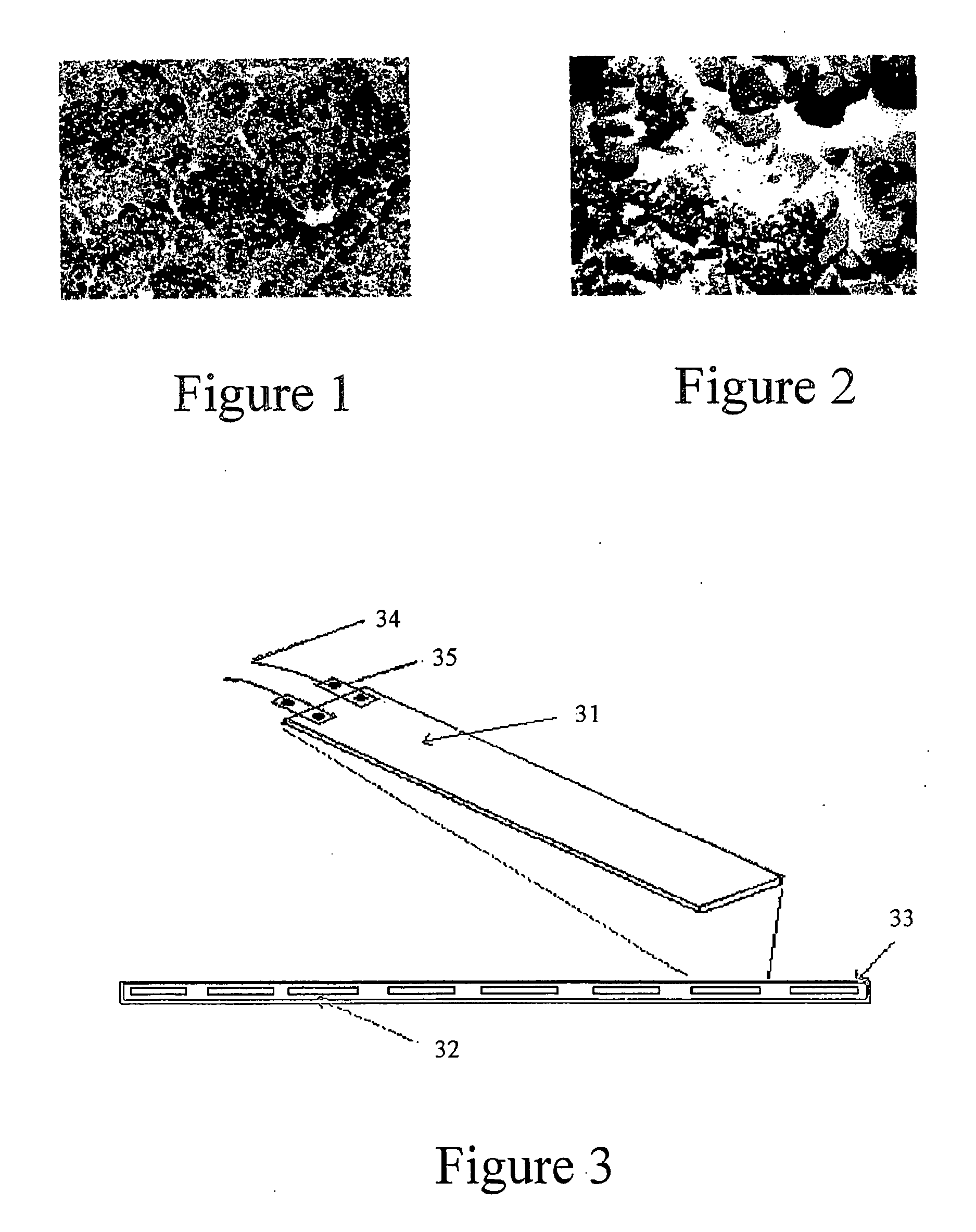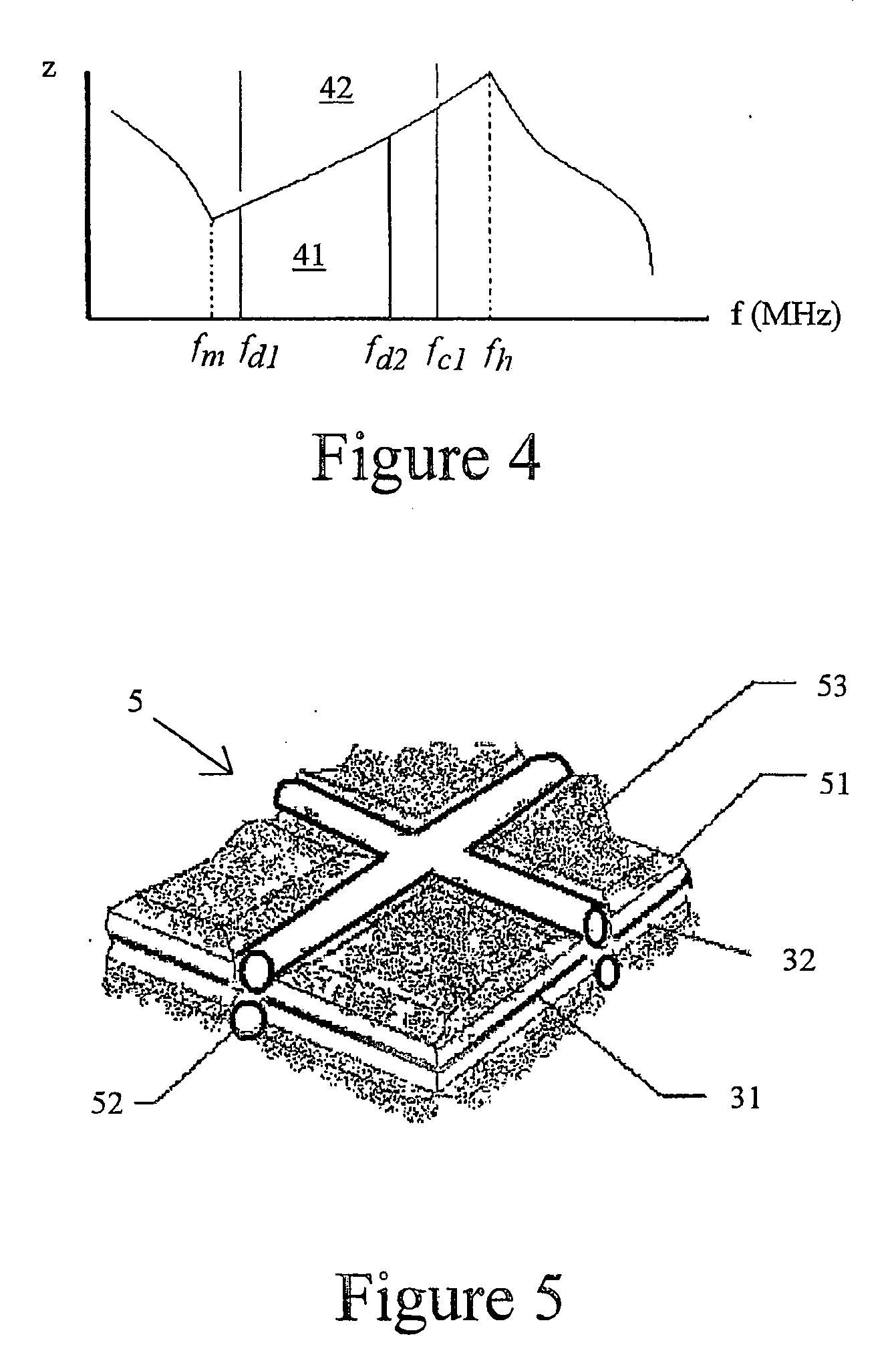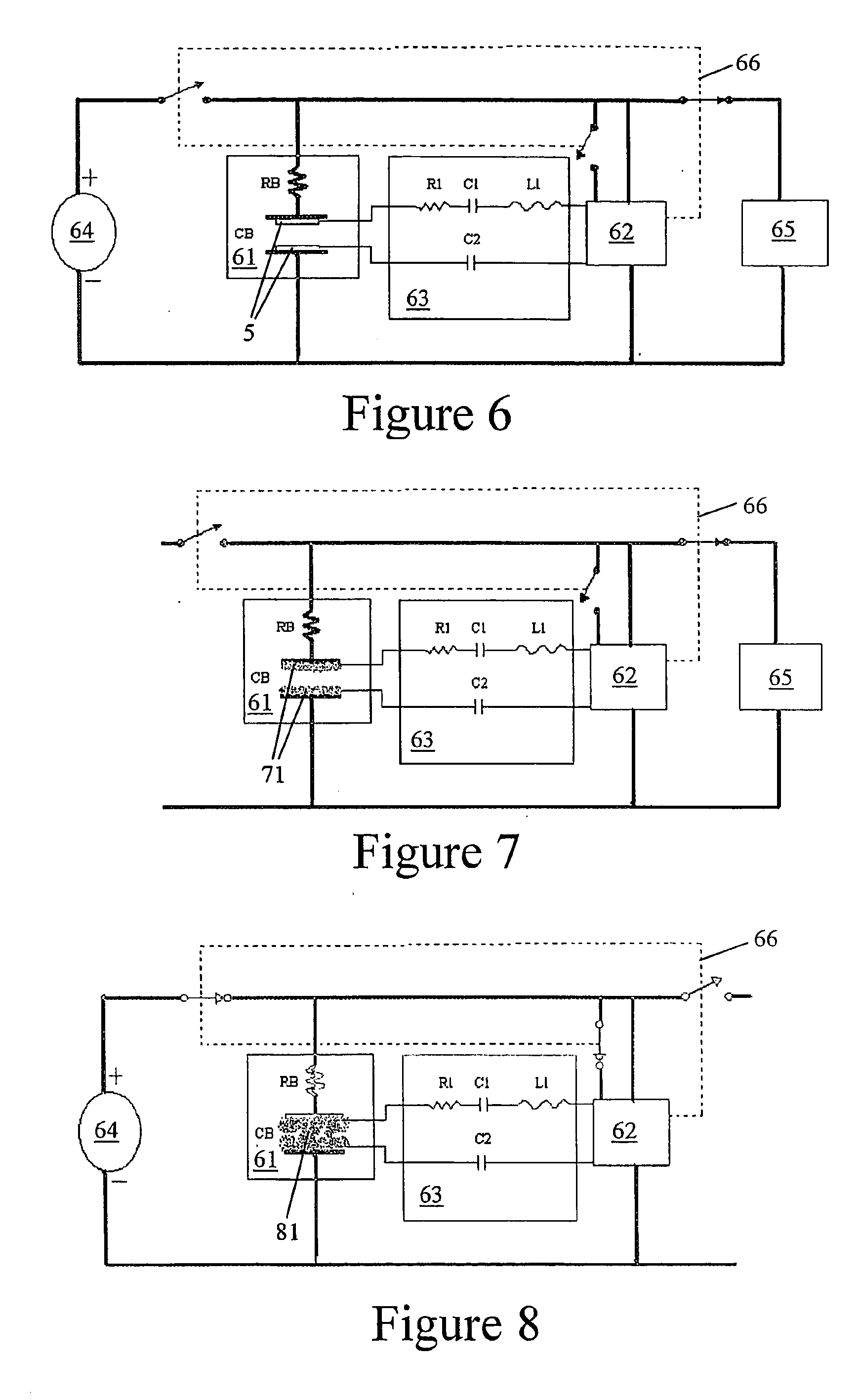Device, system and method for improving efficiency and preventing degradation of energy storage devices
a technology of energy storage device and efficiency improvement, which is applied in the direction of secondary cell maintenance/maintenance, cell components, maintenance/maintenance of primary cells, etc., can solve the problems of increasing the amount of time and current required to break these bonds, deteriorating the battery's capacity, and affecting the load carrying ability of the battery, so as to prevent degradation of a chemical-to-electrical and improve energy performance , the effect of maintaining ionic bonding
- Summary
- Abstract
- Description
- Claims
- Application Information
AI Technical Summary
Benefits of technology
Problems solved by technology
Method used
Image
Examples
Embodiment Construction
[0046] This disclosure will demonstrate a method and / or a process that can be used within an energy storage device 10 (e.g., battery, or any other energy storage device 10 using a matrix 51 with an electrolyte) to prevent sulfate deposits or their counterparts from reaching a level that will degrade the device. In doing so, several benefits will become apparent.
[0047] However, this disclosure is not limited to energy storage devices. The disclosures herein will work to assist several types of reversible chemical reactions. A solar cell can benefit by better preparing the cell to transfer energy. And, in general, this disclosure can be used to help with any chemical reaction for which its constituents “plate out” thus impeding the reverse reaction. It is also the purpose of this disclosure to demonstrate, by applying this process to a technology already in place, the present limitations that will be eliminated. Energy storage devices, such as the lead-acid batteries used for illustr...
PUM
 Login to View More
Login to View More Abstract
Description
Claims
Application Information
 Login to View More
Login to View More - R&D
- Intellectual Property
- Life Sciences
- Materials
- Tech Scout
- Unparalleled Data Quality
- Higher Quality Content
- 60% Fewer Hallucinations
Browse by: Latest US Patents, China's latest patents, Technical Efficacy Thesaurus, Application Domain, Technology Topic, Popular Technical Reports.
© 2025 PatSnap. All rights reserved.Legal|Privacy policy|Modern Slavery Act Transparency Statement|Sitemap|About US| Contact US: help@patsnap.com



